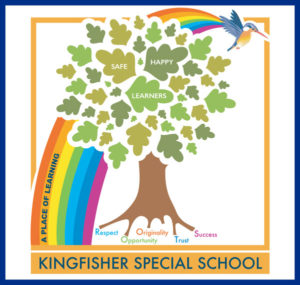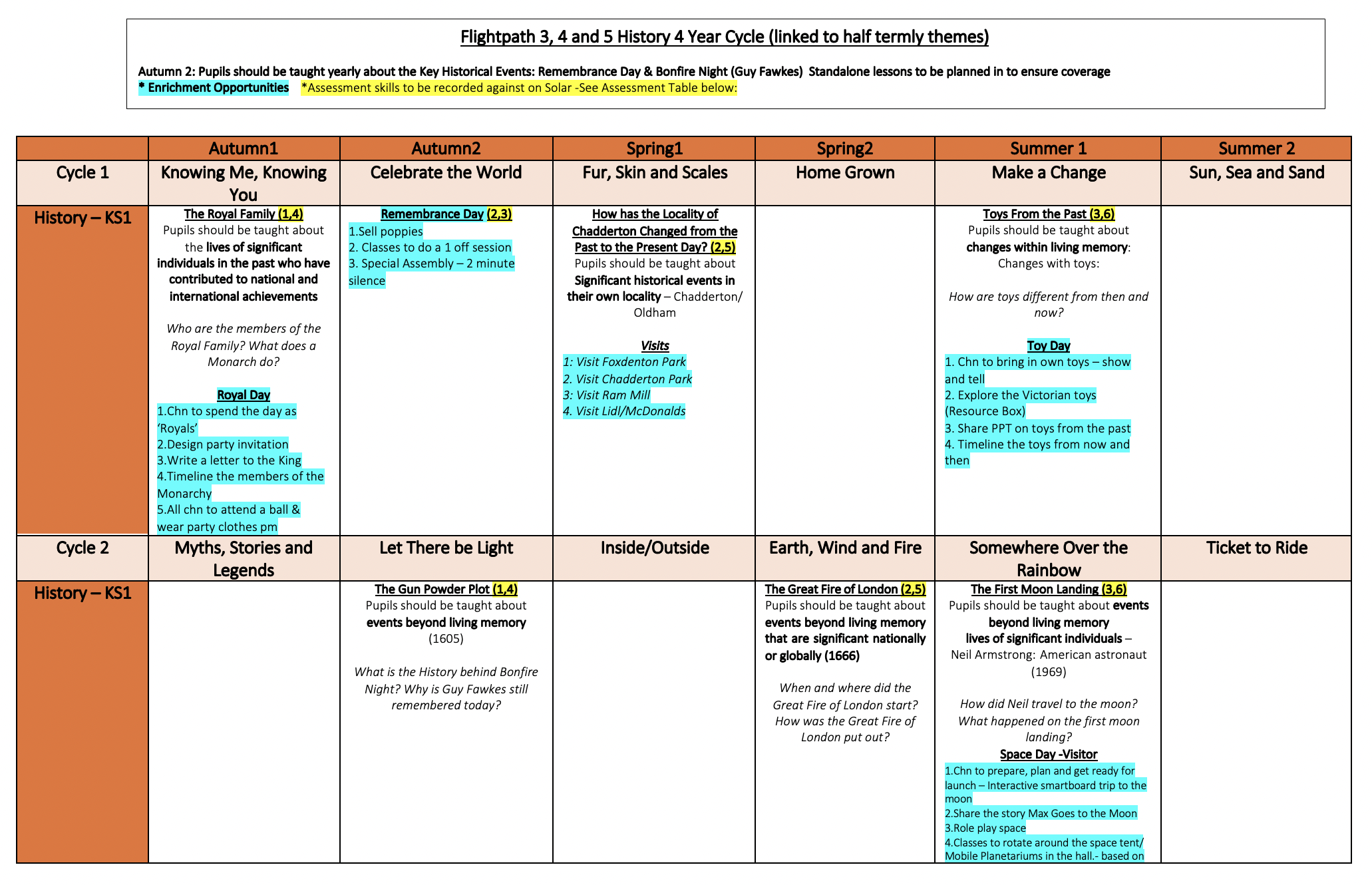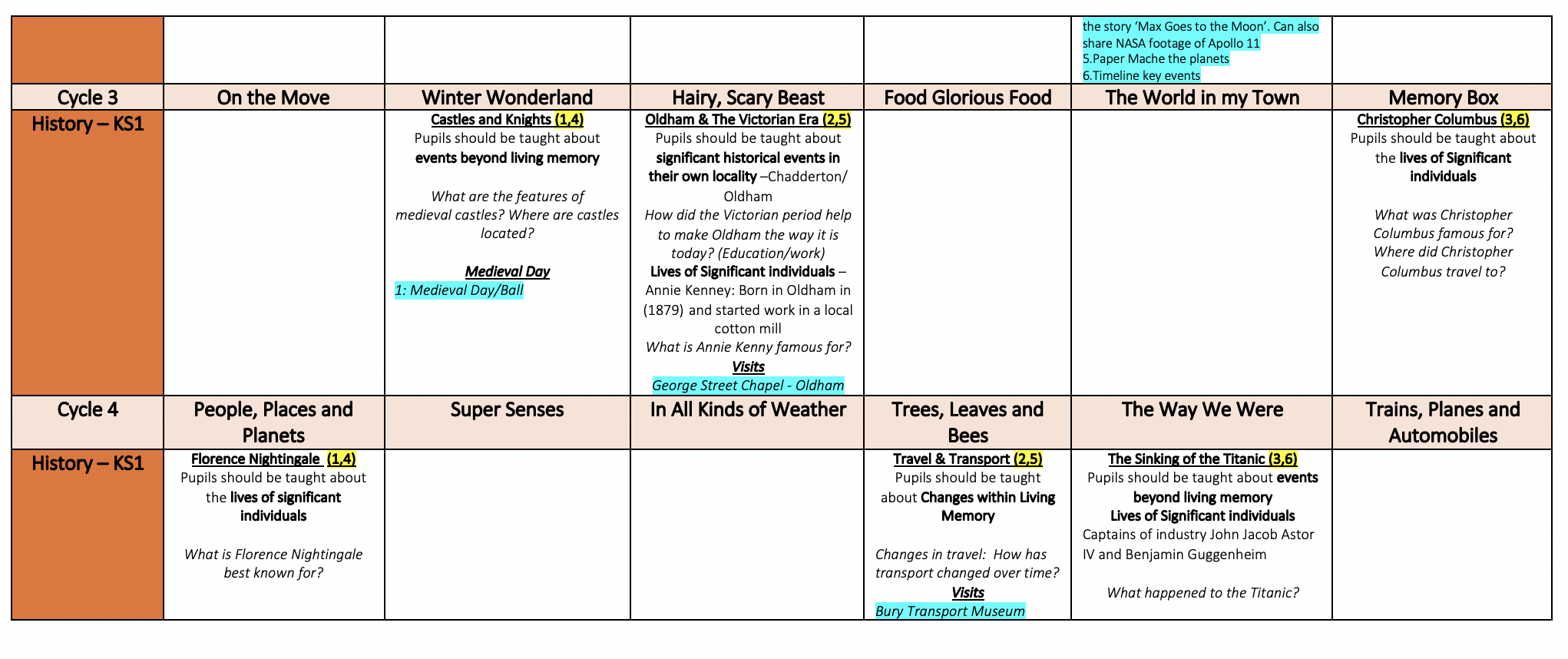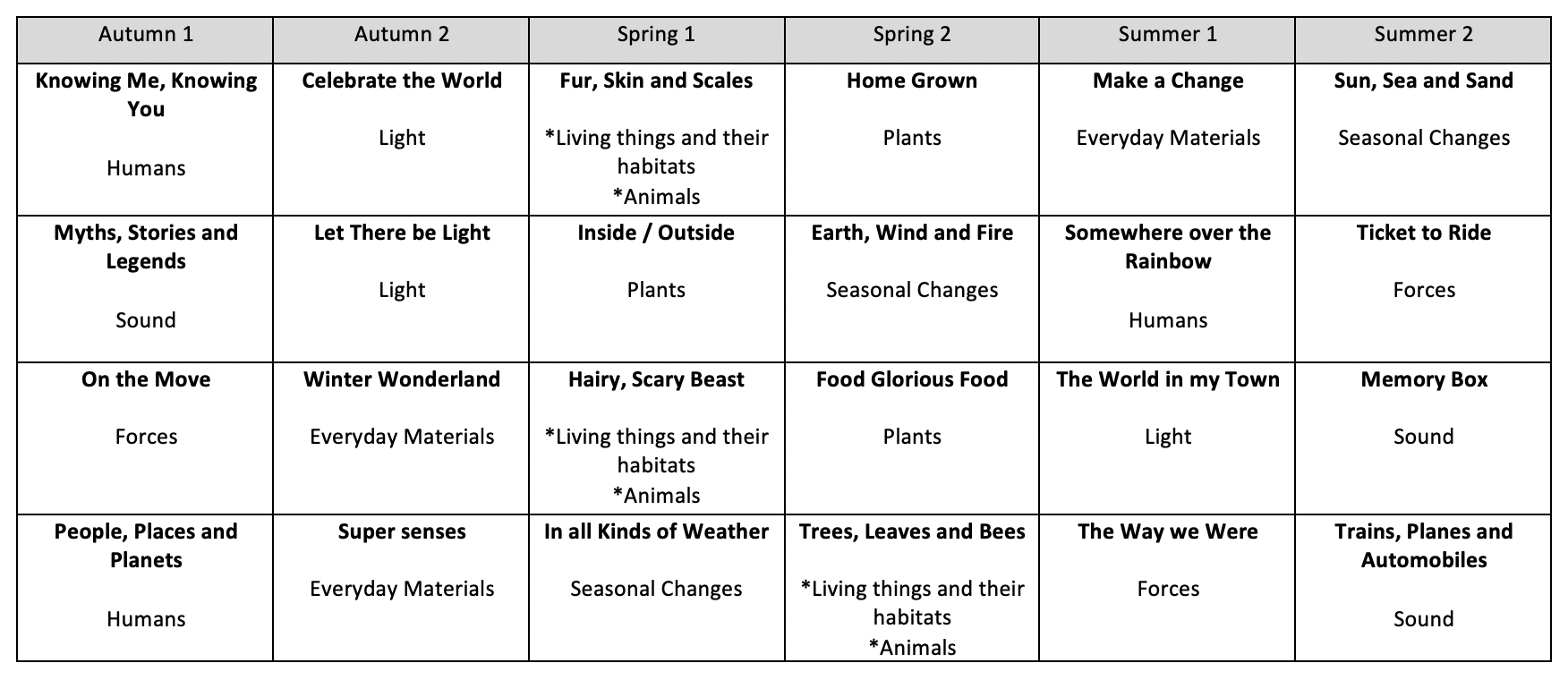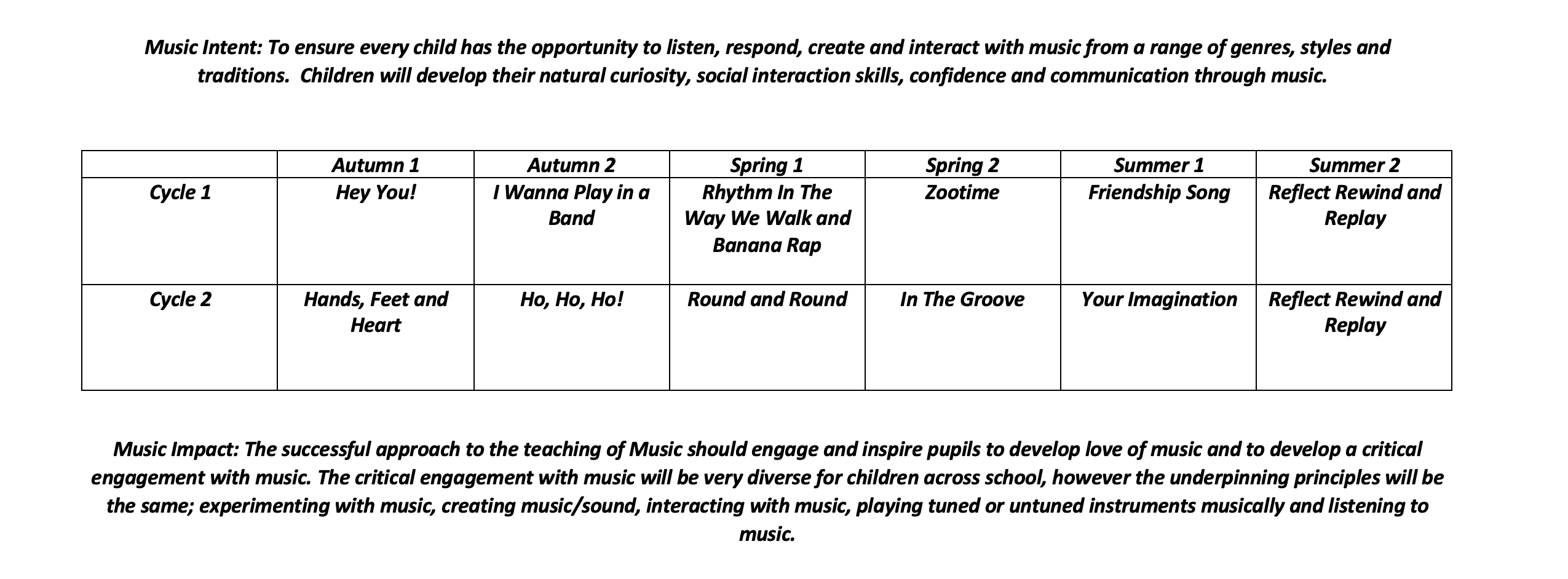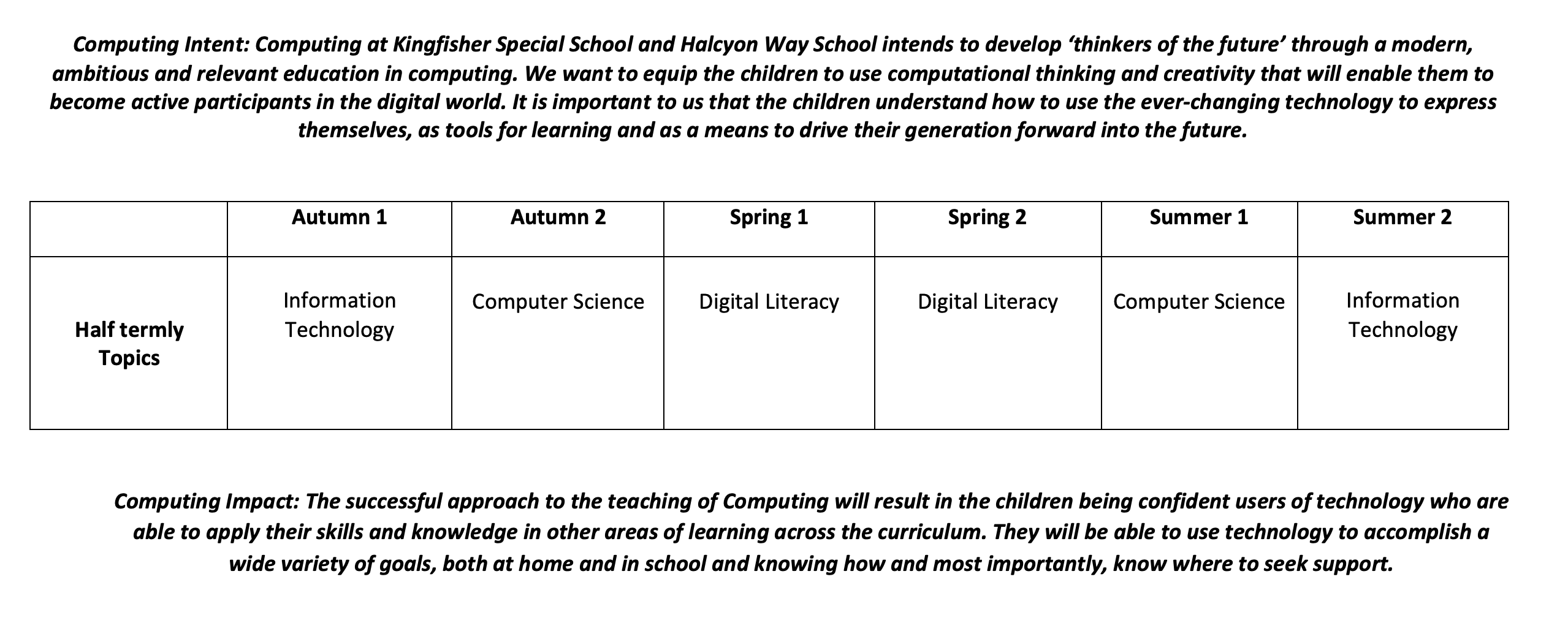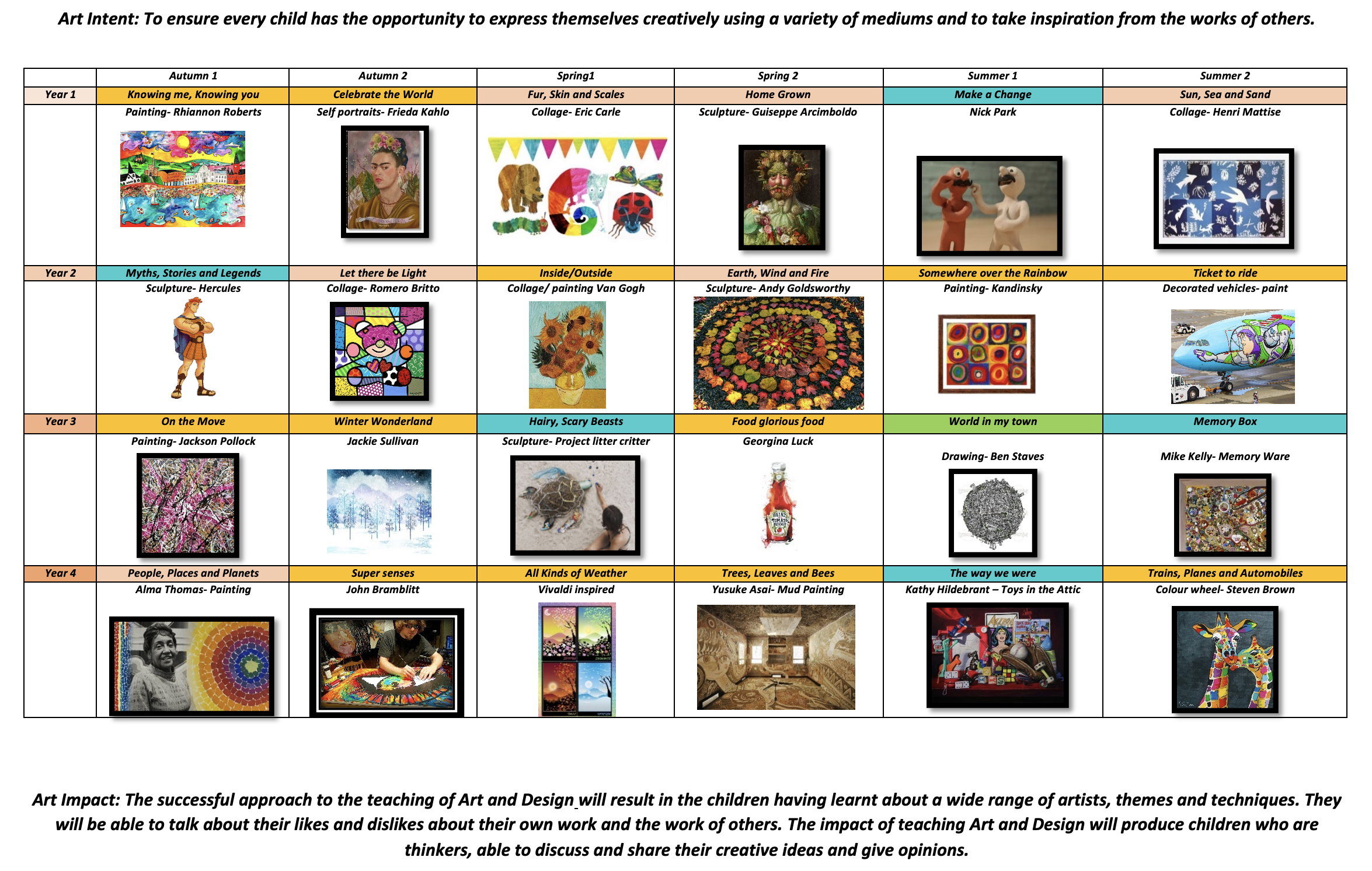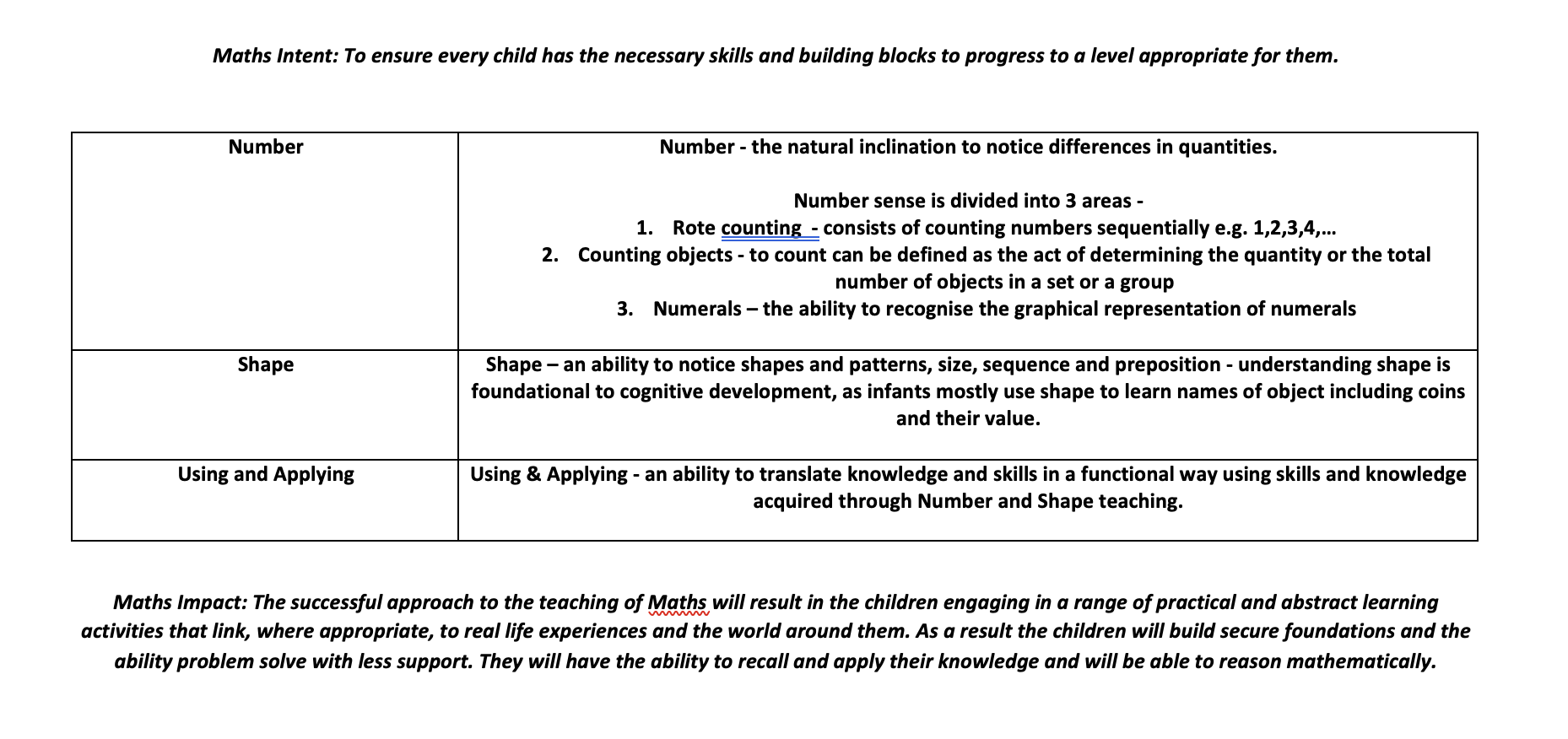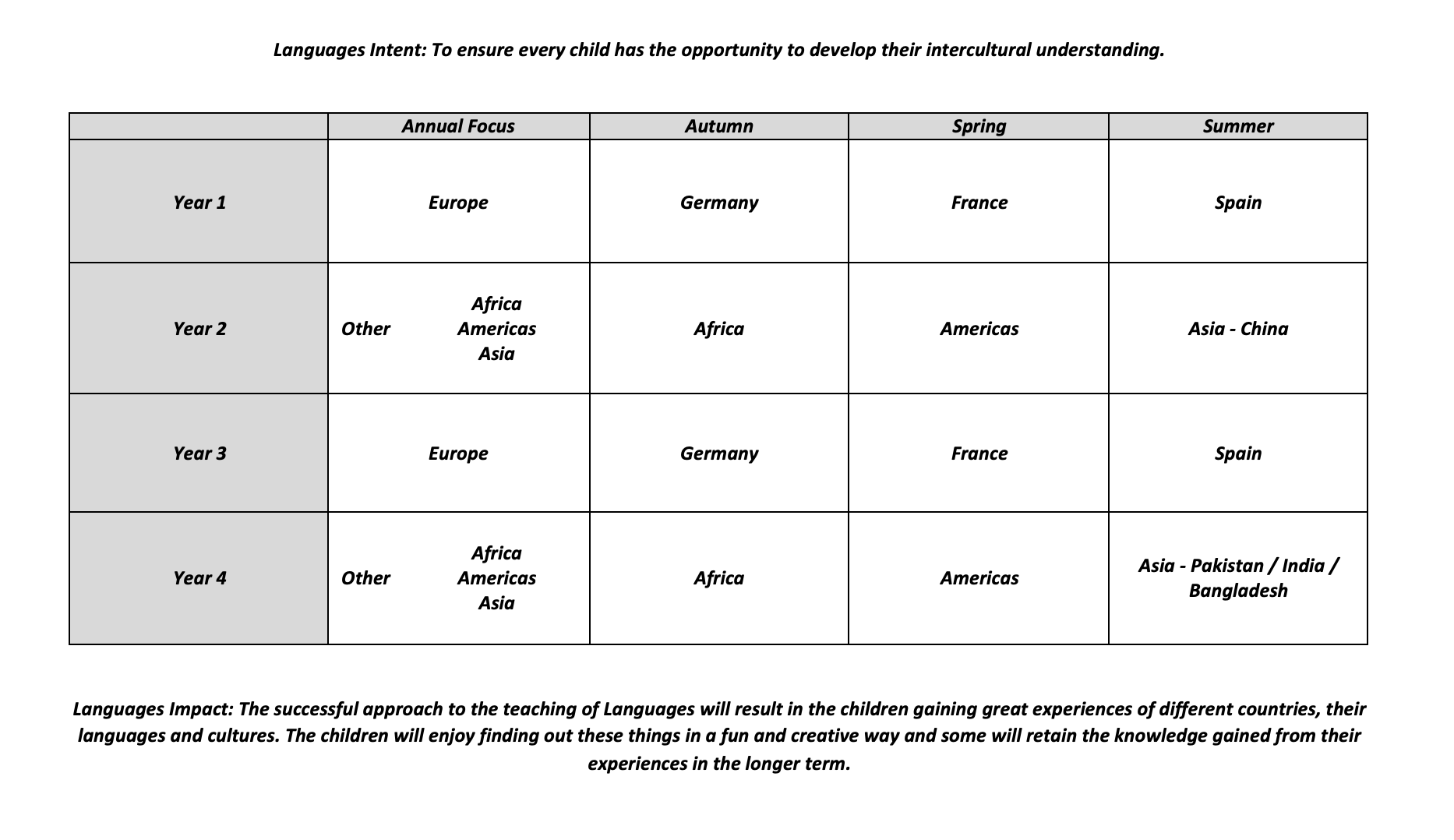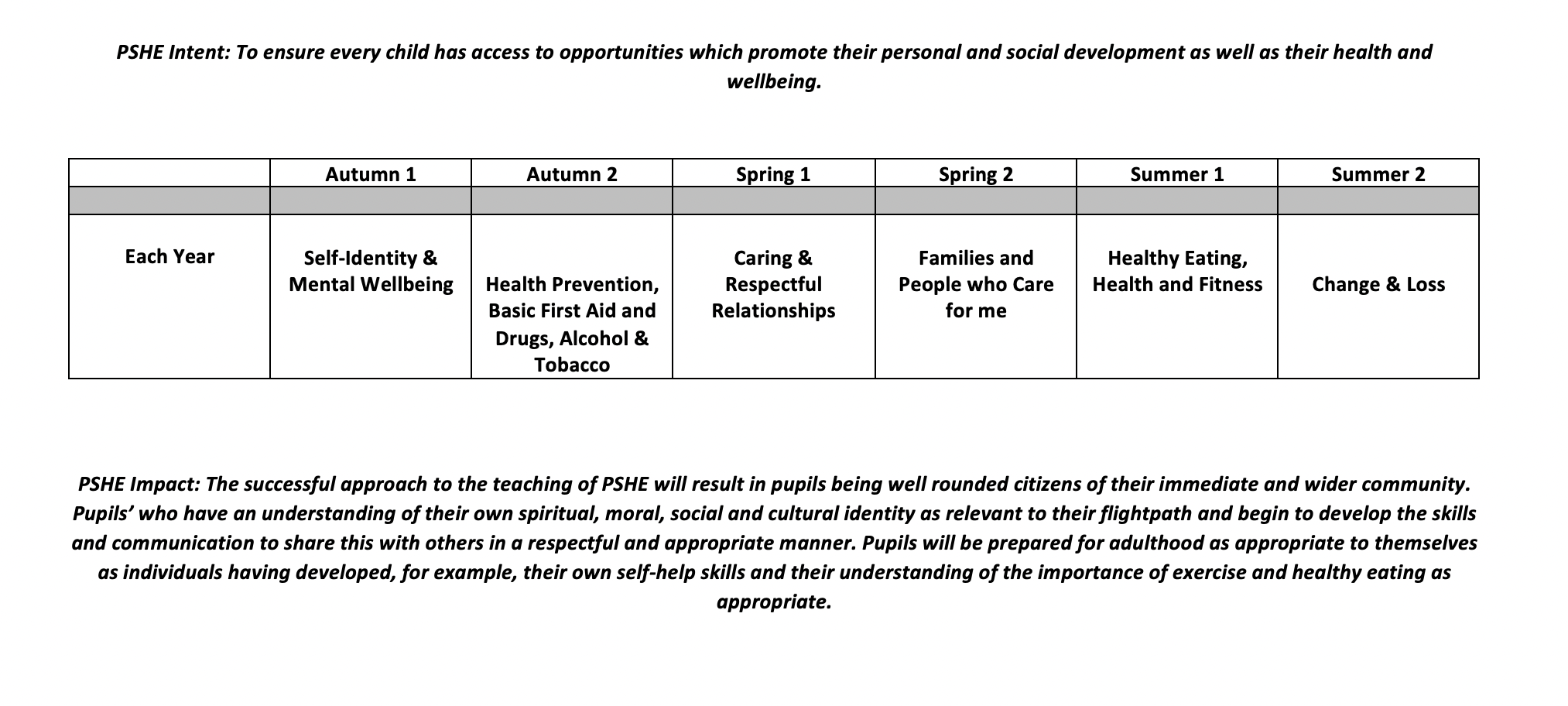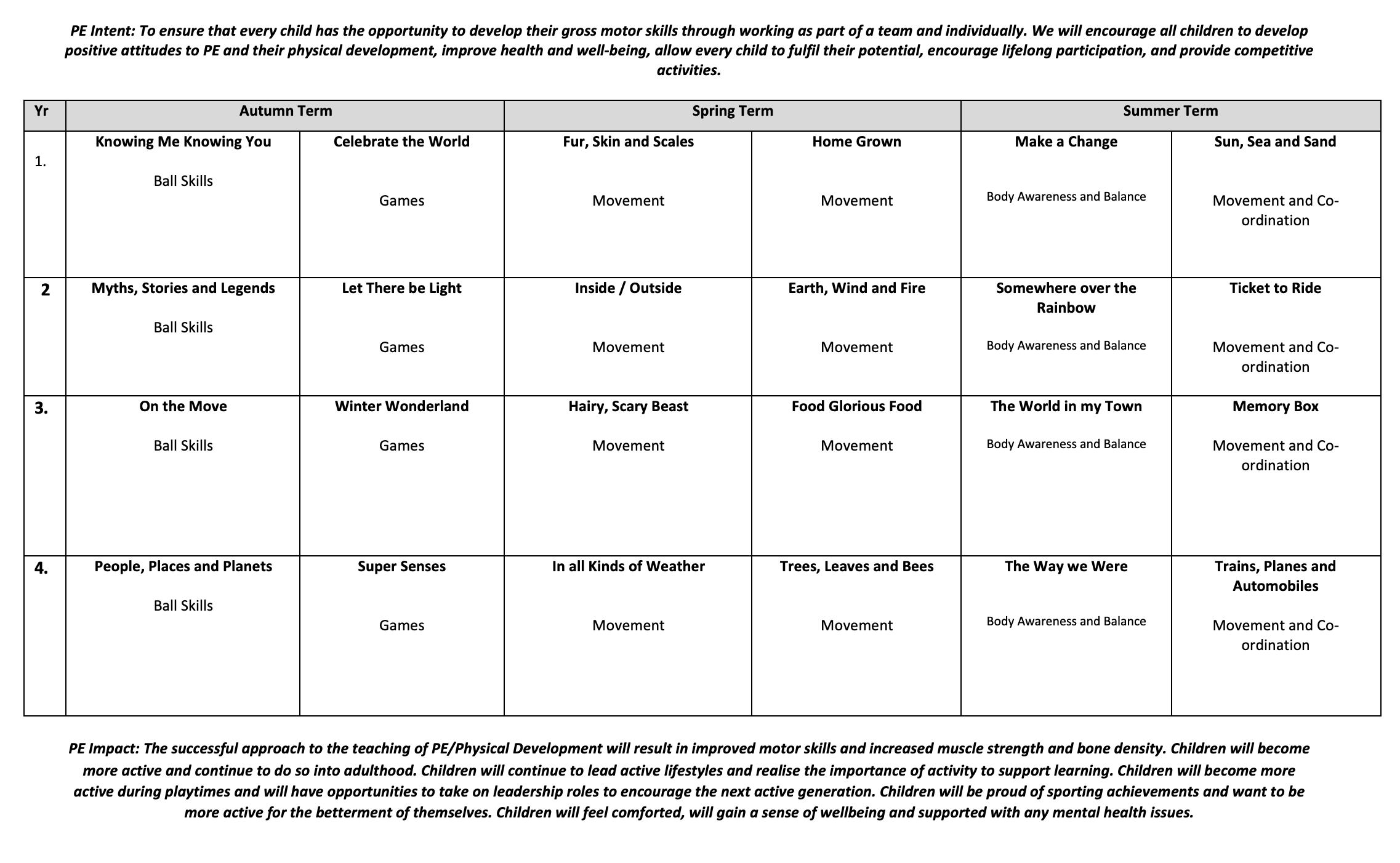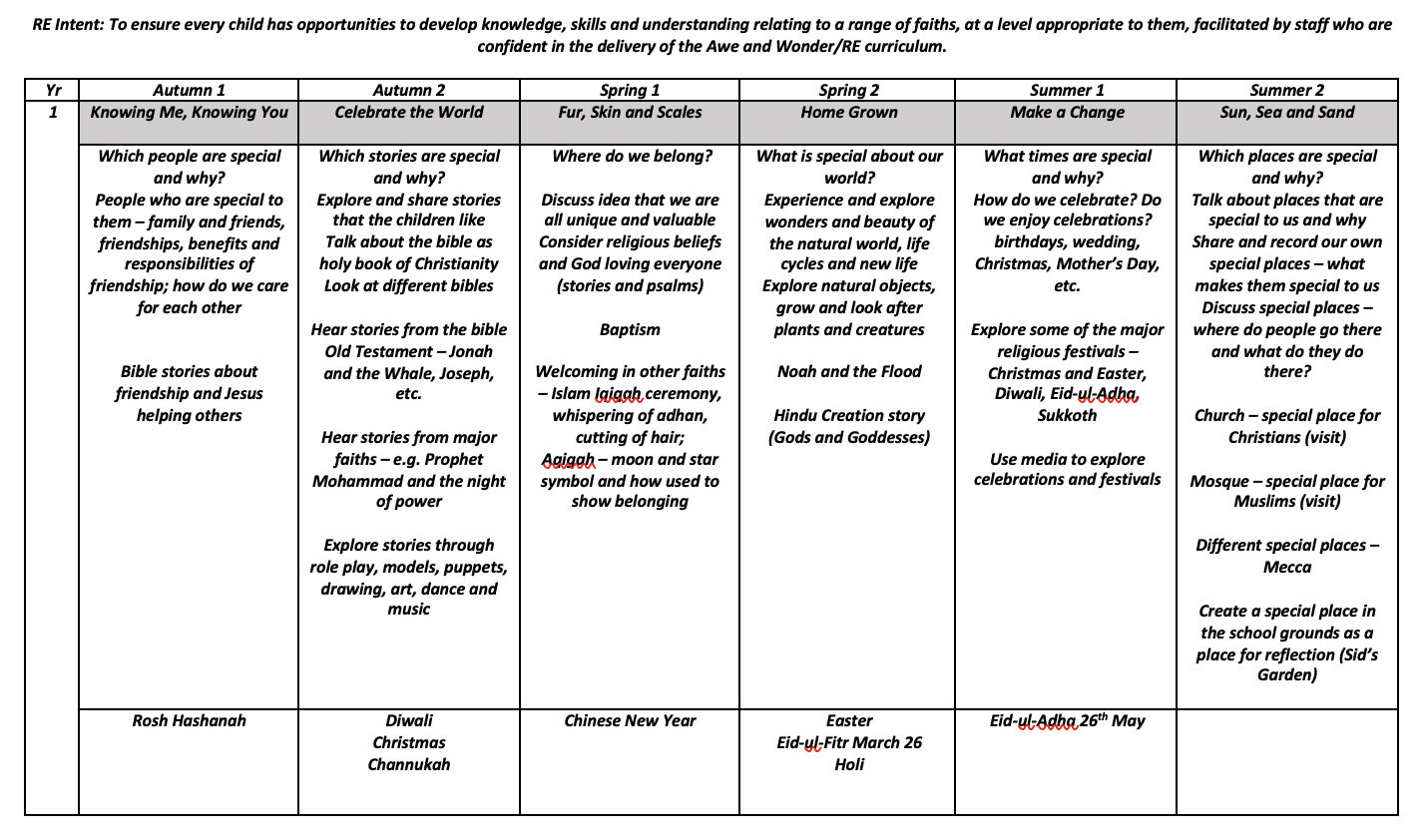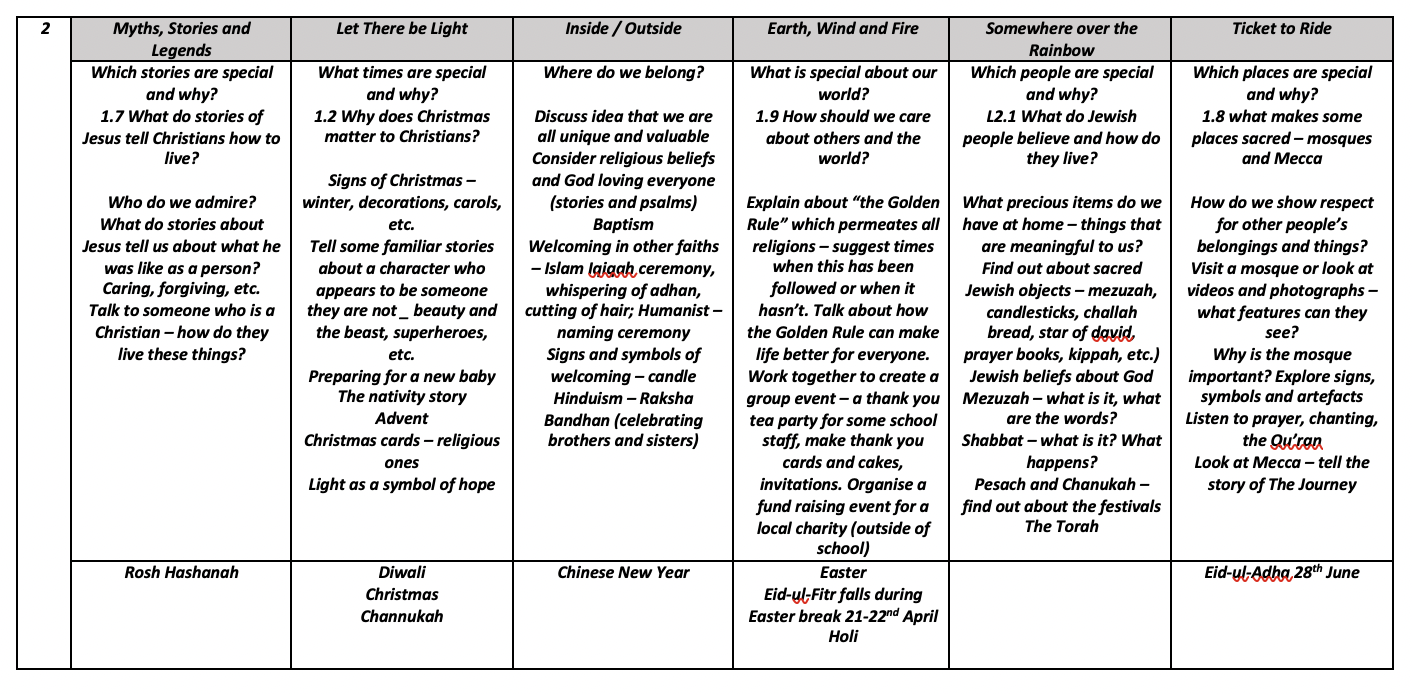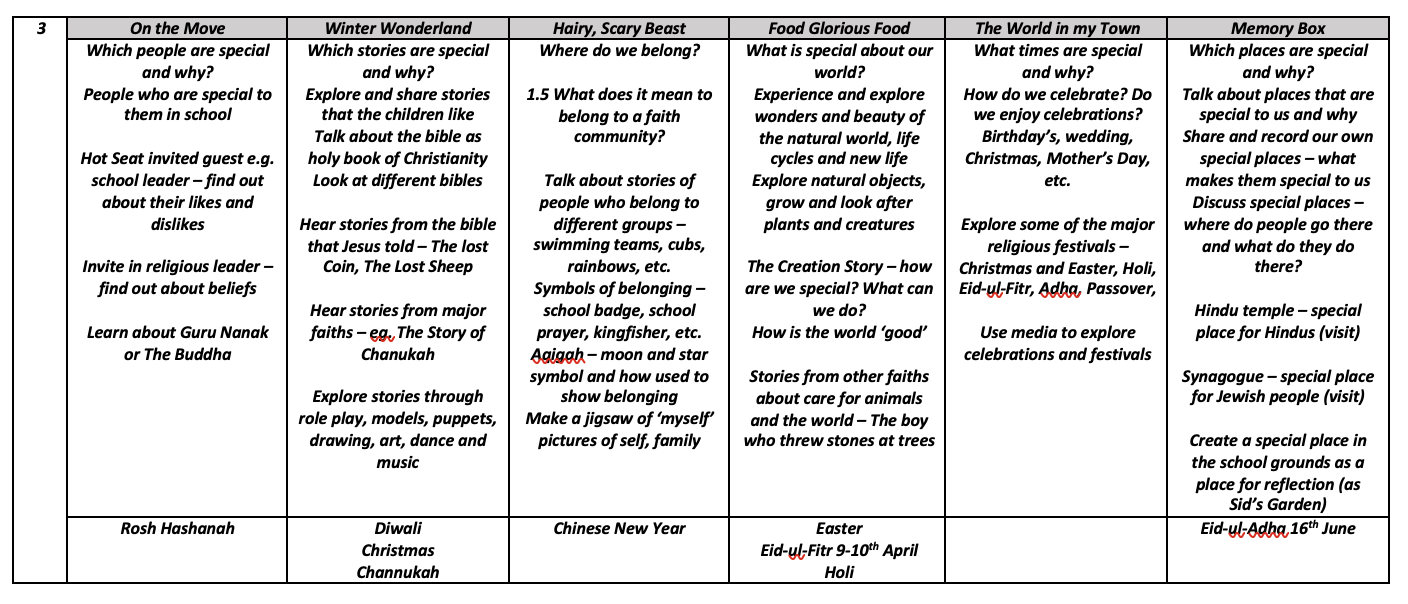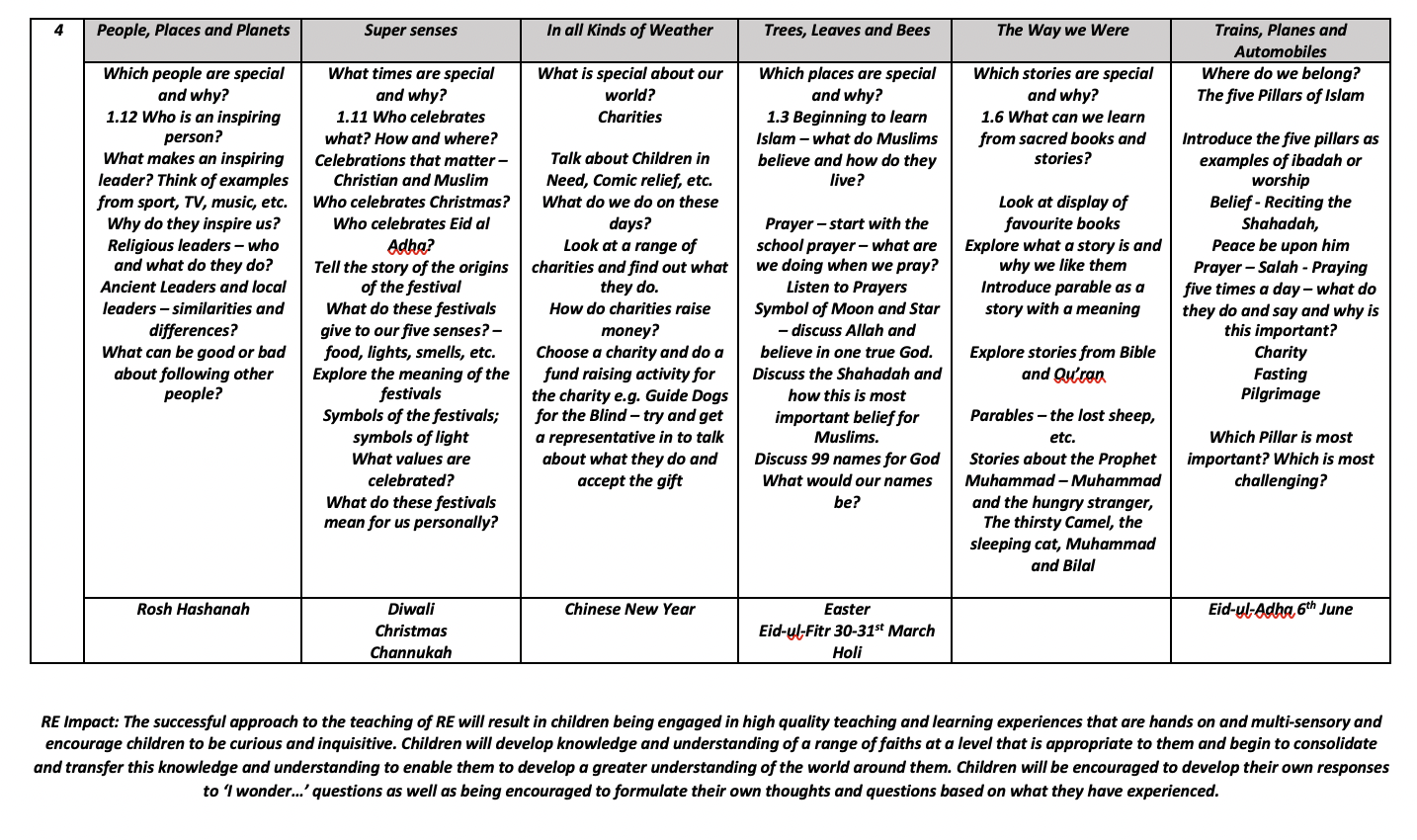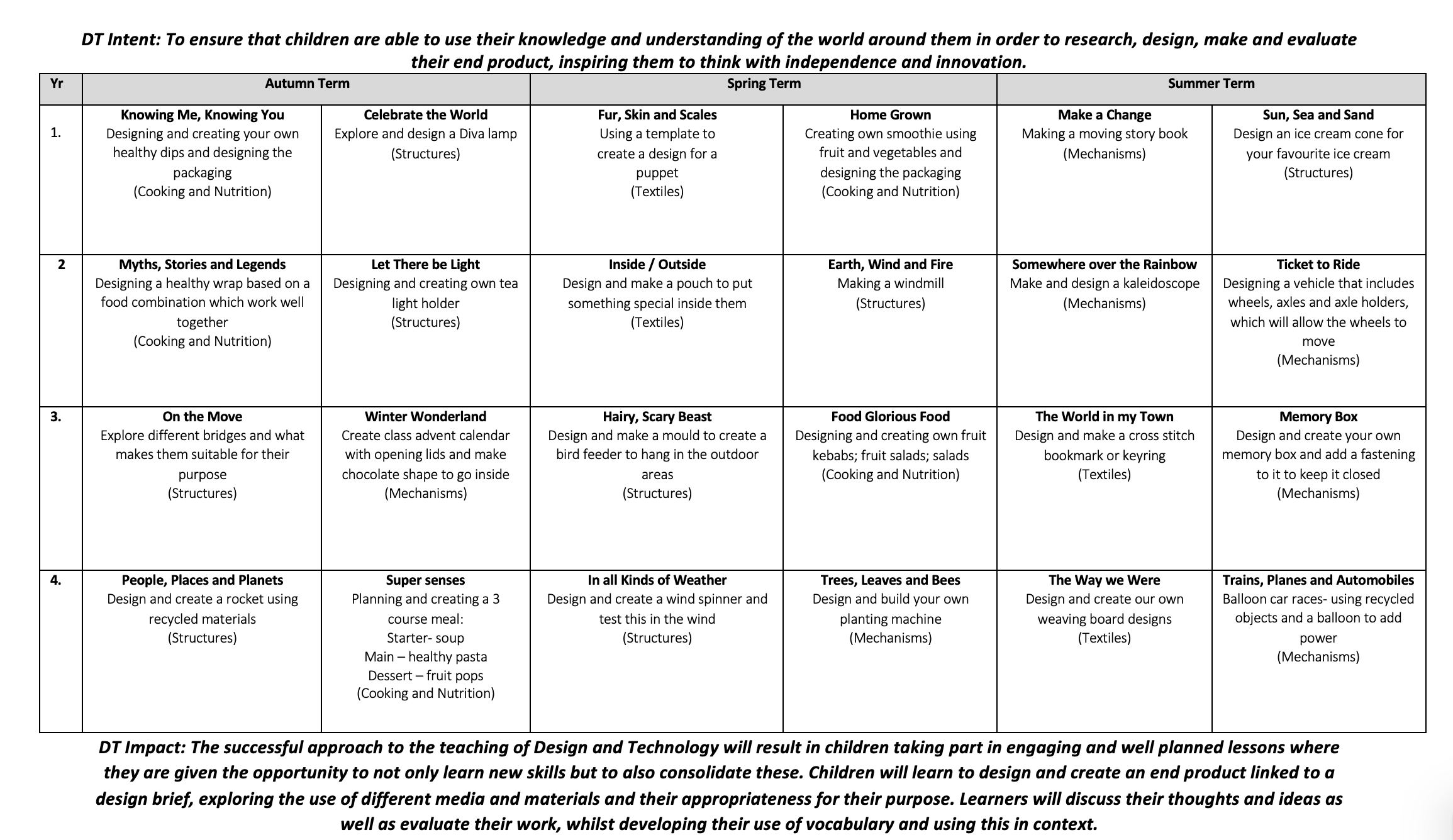Getting Ready For Learning
Children’s learning needs and priorities may change at different times whilst at Kingfisher and the curriculum is flexible enough to take these into account and be adaptable to address each child’s particular situation at any given time. The curriculum is supported and underpinned by a personalised approach which considers every child’s holistic needs, detailed within their Personalised Learning Plan (PLP); this considers the implications of their communication, sensory, physical and health needs alongside their particular learning needs.
Every child’s One Page Profile, Anxiety Response Plan, Communication, Sensory and Physical and Wellbeing priorities are taken into account and planned for to ensure they are ready to learn.
When staff are aware that a child needs additional support to access learning, school draws on a range of advice and strategies and approaches to plan specific interventions to ensure engagement in learning opportunities. These are reviewed as part of each child’s PLP to ensure impact and adjustments as necessary. As such, the school has invested in developing staff skills and has created specific posts to ensure advice is interlinked with each child’s priorities, so that clear interventions are planned and implemented to take on multi-agency advice:
- A Communication Assistant works closely with SaLT and interprets advice alongside class staff to maximise the impact of guidance
- The Moving and Care Leader liaises with Occupational Therapy to ensure all children have appropriate equipment to help them access learning
- The Leading Practitioner for Behaviour for Learning supports the setting up of Anxiety Responses to help staff recognise, understand and develop strategies to support children when displaying low level anxieties/distress to avoid escalation
- Two Family School Liaison Officers (FSLO) ensure partnership working between home and school, and the impact of their work can be evidenced through parental engagement in their child’s education and school has 100% response record to the parental questionnaire which enables school to review provision and respond to feedback given
- The Director of Specialist Support liaises with Occupational Therapy regarding the sensory needs of the children, developing and implementing a sensory diet.
- Maslow’s Hierarchy of Need plays an underpinning role in getting children ready for learning with consideration of:
1. Physical needs
2. Safety needs
3. Love, friendship and belonging
4. Self-esteem
5. Self-fulfilment & actualisation
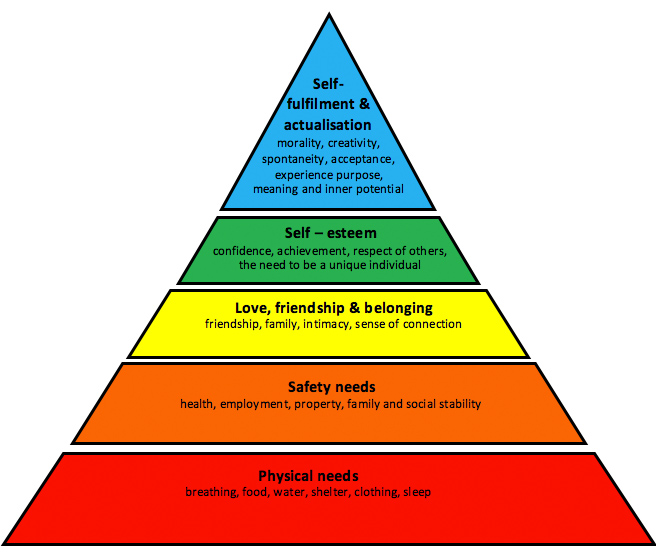
If a child is hungry, upset, uncomfortable or in pain then learning will be compromised. We use many different approaches, which are planned and personalised to the child’s needs at the time. We develop strategies in meeting the child’s needs ensuring that our knowledge of each individual is reflected upon and their presentation on a daily bases is taken into account. For example if a child arrives in school in discomfort, we will use their physiotherapy guidelines in helping to re-position them and ensure that they are comfortable and ready for learning.
Anxiety Responses
All pupils have individual Anxiety Responses within their Personalised Learning Plan (PLP).
An Anxiety Response is a personalised plan for the positive management if a child is displaying any anxieties during their day. They are based on a risk assessment and identify positive prevention strategies and how a pupil may need to be supported in a crisis. These plans are continually reviewed and all staff who work with the child are encouraged to make a contribution to the plan.
Sensory Breaks
Children with sensory processing difficulties (SPD) and/or autism can experience either an overload of sensory input, or be sensory seeking. This can be overwhelming and lead to feelings of anxiety or stress.
At Kingfisher many of the children need a special ‘sensory diet’ which is a combination of movement, calmness and becoming alert. Each child has a unique sensory system which needs just the right amount of input to keep it functioning well. We use movement breaks and sensory boxes to help the children keep regulated during their school day. Staff may co-regulate with children and some children are able to self-regulate independently.
When we see calm and regulated children we know they are Ready for Learning.
Autism
Many of the children at Kingfisher have a diagnosis of autism. Autism is a lifelong developmental condition which looks different for everyone. Like all people, autistic people have their own strengths and weaknesses.
There are a collection of difficulties which autistic people may experience including the two key difficulties required for a diagnosis – social communication and social interaction challenges.
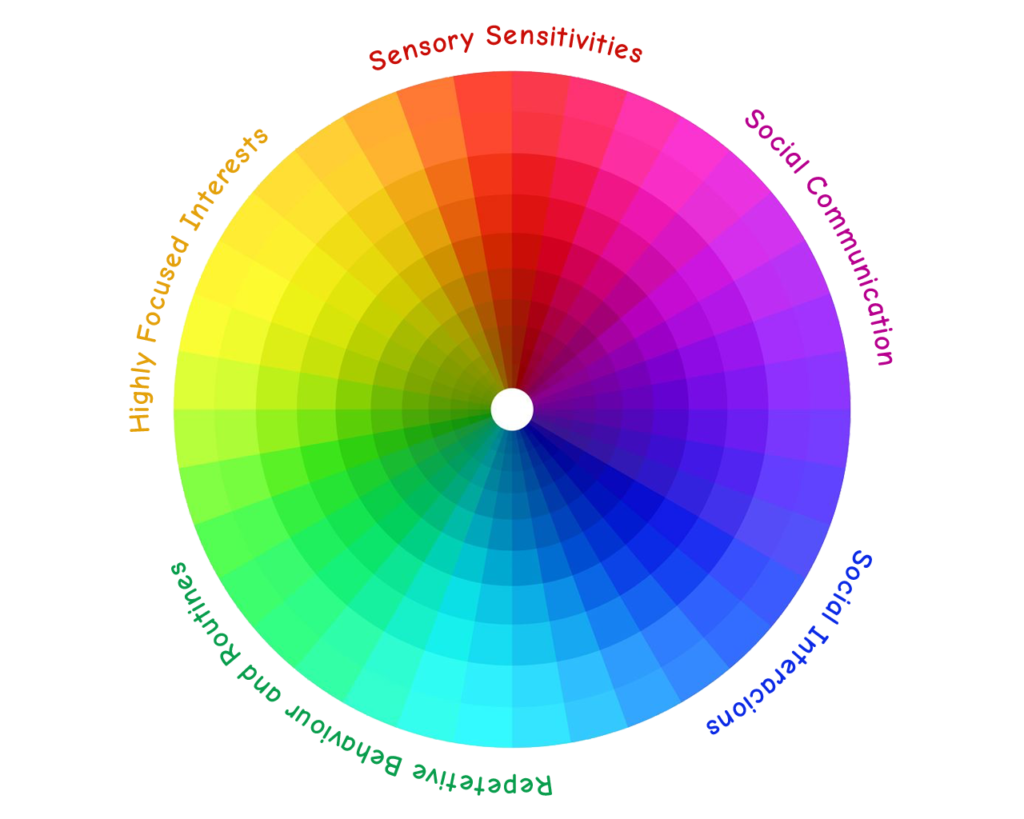
All autistic people share certain difficulties, but being autistic will affect them in different ways. This diagram represents some of the challenges people with autism will face. The degree of difficulty or challenge in these individual areas will vary from person to person. For example, one person may have very good skills in the area of highly focussed activities but poor skills in social interaction. Using this diagram we can see that one person with autism should be seen as unique to everyone else with autism and that the challenges they face as learners are complex.
If you would like to read more information on autism you may find the national autistic society a useful link
Below is a short film which helps to explain autism.
Social Communication
Social communication refers to the use of verbal (spoken language) and nonverbal (eye gaze, facial expression, gestures) communication in social situations. We use social communication to tell other people what we want. We also use social communication to express our feelings and how we relate to other people to develop meaningful relationships.
Autistic people have difficulties with interpreting both verbal and non-verbal language like gestures or tone of voice. Some autistic people are unable to speak or have limited speech while other autistic people have very good language skills but struggle to understand sarcasm or tone of voice. Other challenges include:
- Taking things literally and not understanding abstract concepts
- Needing extra time to process information or answer questions
- Repeating what others say to them (this is called echolalia)
- Attending to activities
- Listening and responding to others
- Initiating interactions
- Interacting with others
- Understanding and relating to other people
- Using interaction to show people things or to be sociable
- Using nonverbal (e.g. gesture, pointing) or verbal (e.g. words) methods to make requests
- Coping with changes in routine
Social Interaction
Autistic people often have difficulty ‘reading’ other people. They may struggle to recognise and understand others feelings and intentions. People with autism may struggle to express their own emotions. This can make it very hard to navigate the social world. Autistic people may:
- Appear to be insensitive
- Seek out time alone when overloaded by other people
- Not seek comfort from other people
- Appear to behave ‘strangely’ or in a way thought to be socially inappropriate
- Find it hard to form friendships, negotiate and sort out problems
- Struggle with using their voice to show intonation, tone and volume
- Find it hard to read other people’s body language including facial expression, gestures and the movements a person makes
- Struggle with social conventions including politeness, manners and following the ‘unwritten rules’ maybe very difficult to understand. A person with autism may not understand appropriateness of a situation and how to change their manner for different audiences.

